By Film Noir Blonde and Mike Wilmington
The Film Noir File is FNB’s guide to classic film noir, neo-noir and pre-noir on Turner Classic Movies (TCM). All movies below are from the schedule of TCM, which broadcasts them uncut and uninterrupted. The times are Eastern Standard and (Pacific Standard).
Pick of the Week
A Day With Alfred Hitchcock (Friday, Nov. 28)
When it came to making movie thrillers, manufacturing chills, and squeezing the last drop of tension out of every thrill-packed scene and breath-catching set piece, Alfred Hitchcock was, by common consent, the Master of Suspense — king of the genre in the cinema’s Golden Age. Born in London, an émigré who moved to Hollywood in the ’40s, “Hitch,” as he was called by most movie folk, could plan and plot a suspense scene like no one else — riveting his audiences almost from his opening minutes, and building his unforgettable sequences and his little gems of nerve-racking tension with a meticulous expertise and vivid imagination that all thriller-makes envied and all tried (usually unsuccessfully) to emulate.
Hitchcock liked his heroines to be blonde and in distress, his villains to be charming and deadly, and his heroes to be fallible or accused of something they didn’t do. And he liked his movies (like those villains) to be devilishly seductive and watchable. Of all his contemporaries, he is still the film director most known, most watched and most imitated. And when his 1958 masterpiece “Vertigo” — that eerie romantic chiller starring James Stewart as a detective afraid of heights and Kim Novak as the beautiful mystery woman for whom he falls — was recently voted the best movie of all time, finally beating out runner-up “Citizen Kane” in the Sight and Sound film poll, it was a recognition that was probably as much for Hitchcock’s entire oeuvre.
Today’s Hitchcock mini-festival gives us five of his acknowledged classics, from the ’30s (“The Lady vanishes”), the ’40s (“Shadow of a Doubt,” which Hitchcock often named as his personal favorite), the ’50s (”Dial M for Murder”), to the ’60s (“Psycho” and “The Birds“), as well as the underrated 1942 “Saboteur” and 1964 “Marnie.” His constant, though often uncredited, collaborator on all these pictures, and on most of his others, was his one-time script woman, wife and life-long partner Alma Reville Hitchcock. If you’re a movie aficionado, you’ve probably seen them all, but they always repay a return visit. After all, life and love may fail you, but a thriller by Hitch will almost always get you on the hook.
5:30 a.m. (2:30 a.m.): “The Lady Vanishes” (1938, Alfred Hitchcock). With Michael Redgrave, Margaret Lockwood, Paul Lukas and Dame May Whitty. Reviewed in FNB on March 12, 2012.
7:30 a.m. (4:30 a.m.): “Saboteur” (1942, Alfred Hitchcock). With Robert Cummings, Priscilla Lane, Otto Kruger and Norman Lloyd. Reviewed in FNB on Oct. 18, 2014.
9:30 a.m. (6:30 a.m.): “Shadow of a Doubt” (1943, Alfred Hitchcock). With Joseph Cotten, Teresa Wright, Macdonald Carey and Hume Cronyn. Reviewed in FNB on Oct. 9, 2014.
11:30 a.m. (8:30 a.m.): “Dial M for Murder” (1954, Alfred Hitchcock). With Grace Kelly, Ray Milland and Cummings. Reviewed in FNB on Sept. 11, 2012.
1:30 p.m. (10:30 a.m.): “Marnie” (1964, Alfred Hitchcock). With Sean Connery, Tippi Hedren and Diane Baker. Reviewed in FNB on Jan. 30, 2012.
3:45 p.m. (12:45 p.m.): “The Birds” (1963, Alfred Hitchcock). With Rod Taylor, Hedren and Jessica Tandy. Reviewed in FNB on Oct. 23, 2014.
6 p.m. (3 p.m.): “Psycho’ (1960, Alfred Hitchcock, 1960). With Anthony Perkins, Janet Leigh, Vera Miles and Martin Balsam. Reviewed in FNB on July 7, 2011.

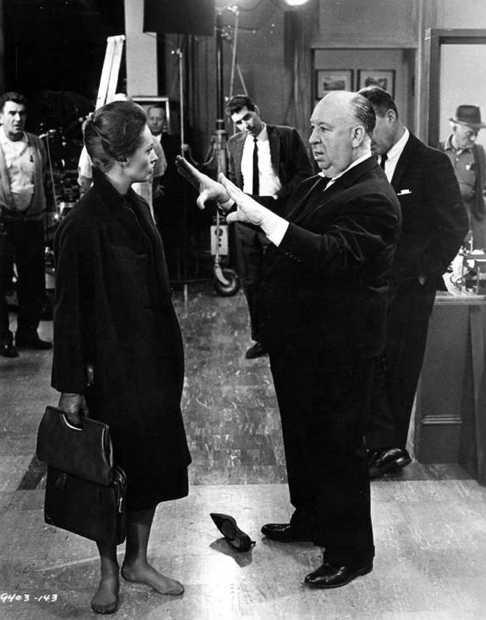





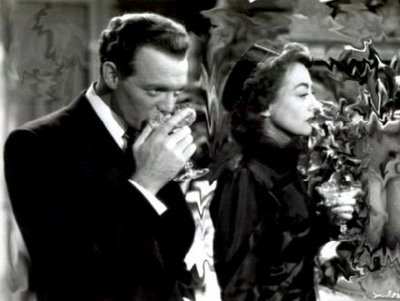
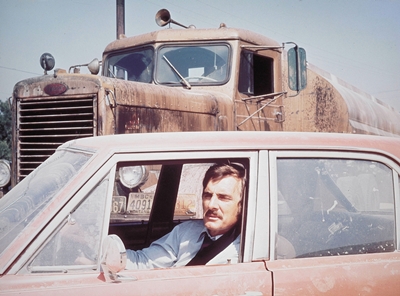
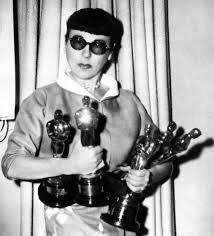
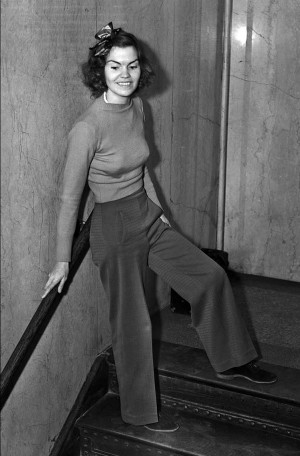
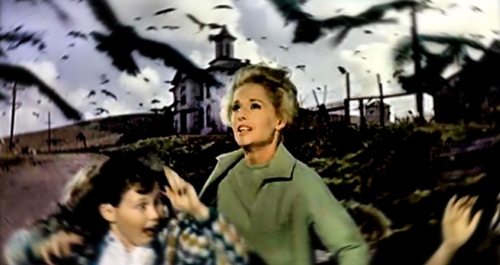
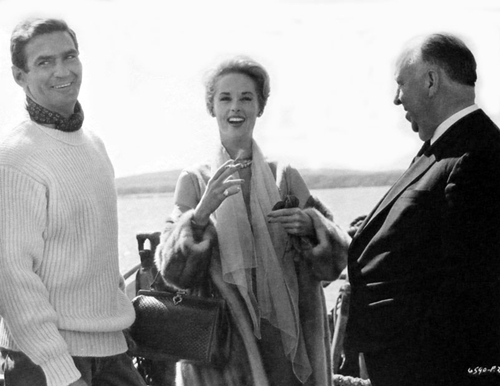
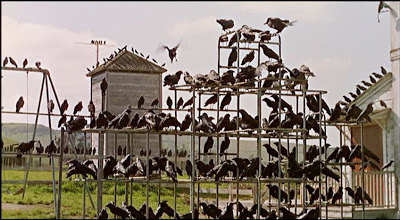
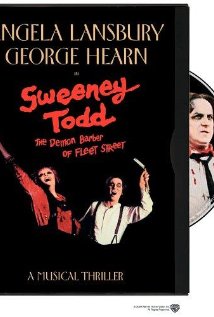
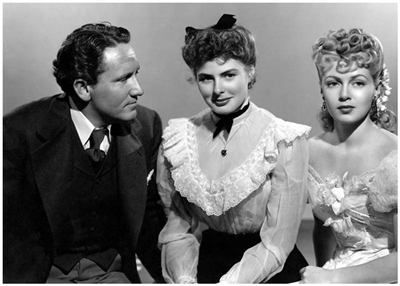
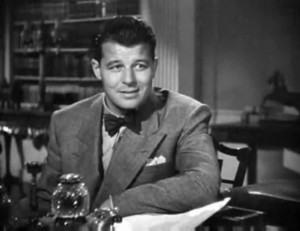
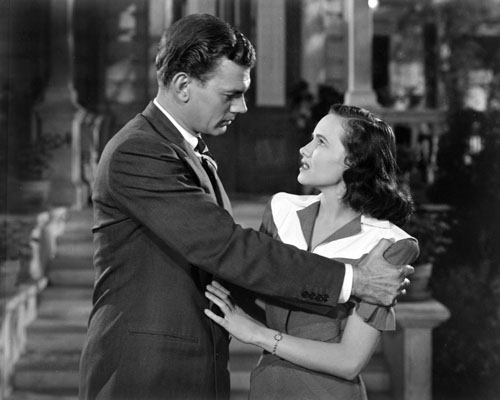
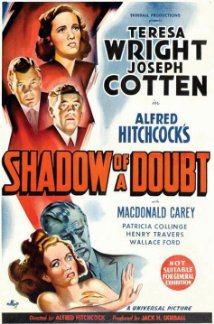
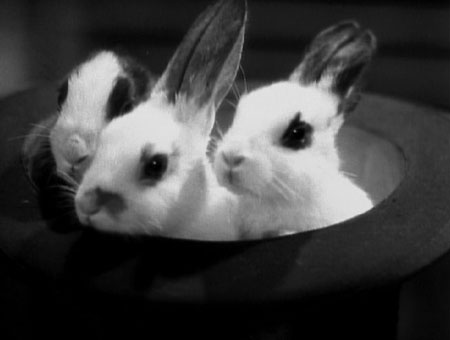
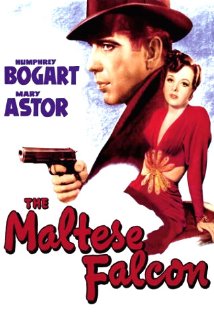
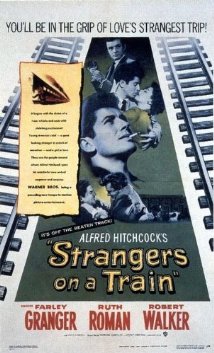
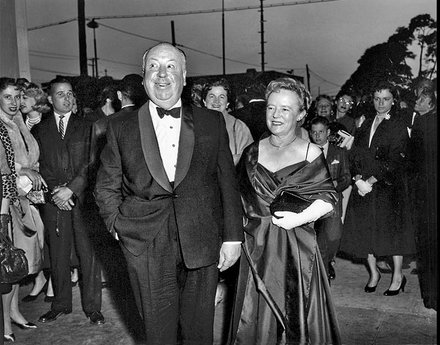
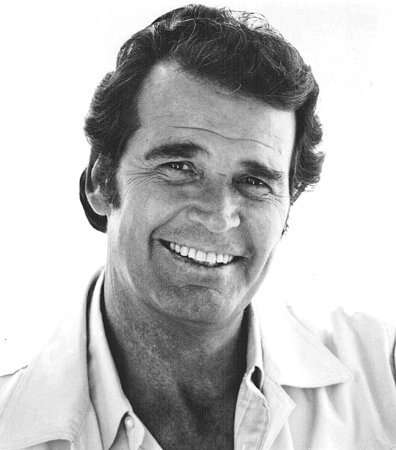
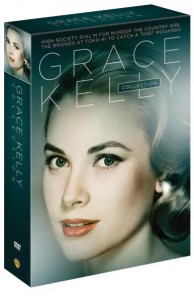
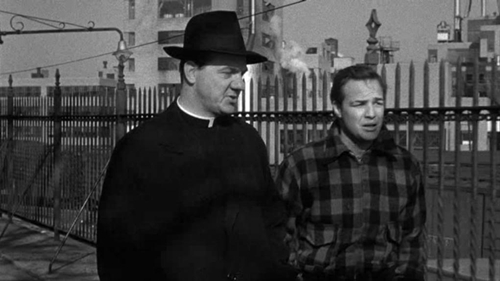
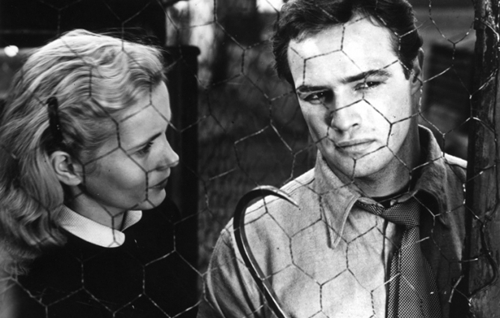
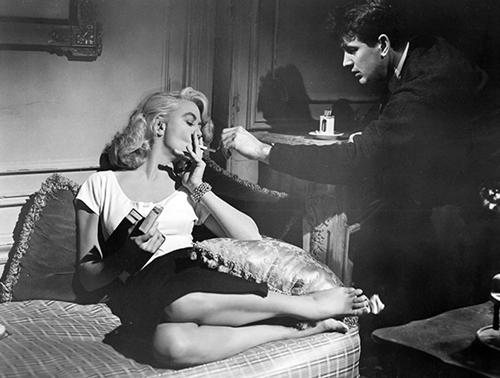
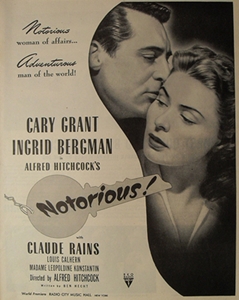





From FNB readers